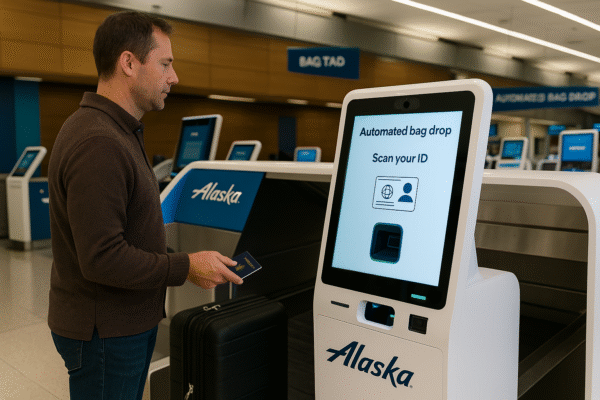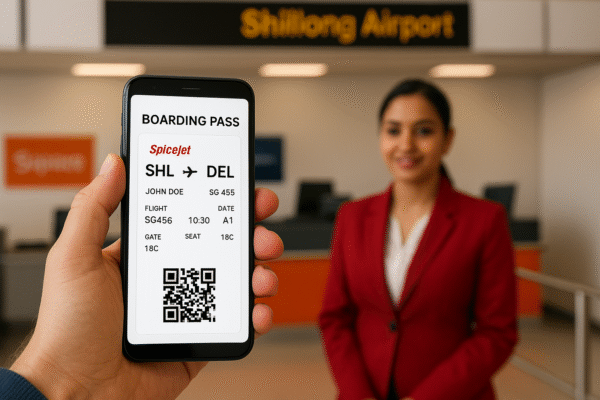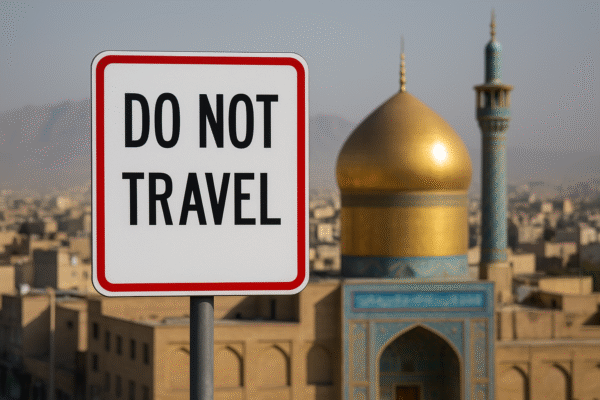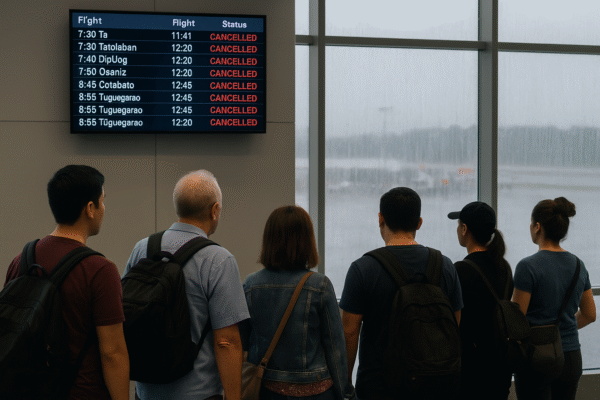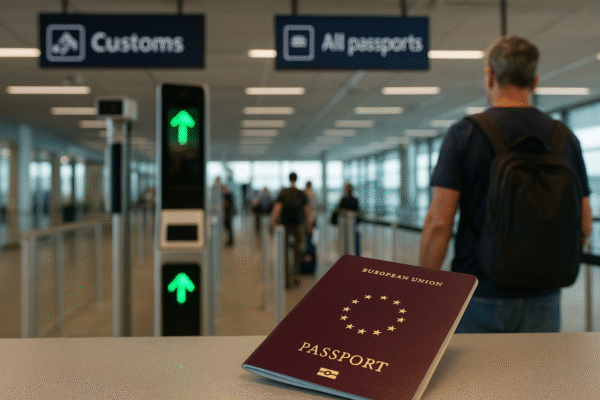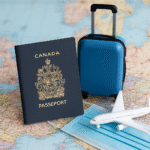United Kingdom & Europe – UK passport holders planning visits to the Schengen area are being advised to stay informed on upcoming changes to entry procedures. Modernisation efforts are underway across European borders, introducing a more efficient and secure system—but also new requirements. Two major updates are in focus: the Entry/Exit System (EES) starting in October 2025, and the European Travel Information and Authorisation System (ETIAS) scheduled for late 2026.
What Is Happening and When?
From October 12, 2025, the European Union will roll out the Entry/Exit System (EES). This digital system will replace traditional passport stamps with biometric checks—collecting fingerprints and facial data—over a six-month introduction period that completes in April 2026. Once fully in effect, travelers will experience faster, automated border processing. After April, passport stamping will be phased out entirely.
ETIAS, on the other hand, is a digital travel authorization required for nationals of visa-exempt countries—like the UK—to enter the Schengen area. Unlike a visa, ETIAS functions as a pre-screening tool aimed at bolstering security and expediting entry. As of now, ETIAS is not active and requires no action. It is expected to launch in the last quarter of 2026, following a transitional period after the EES is fully operational. ETIAS authorizations will be valid for approximately three years, allowing holders multiple entries.
Why the Changes?
These systems are part of the EU’s broader effort to modernize and secure external borders. The EES streamlines border management and enhances accuracy in tracking short visits. ETIAS introduces pre-arrival scrutiny to identify potential risks sooner. Together, they aim to curb delays and improve overall security at air, land, and sea borders.
What UK Travelers Should Know
Here’s a simple breakdown for British passport holders:
- No immediate changes are necessary—ETIAS is not yet live.
- From October 2025, prepare for possible biometric checks at Schengen borders.
- By late 2026, you will need to apply online for ETIAS before travel.
- Your passport should be valid, and your application details accurate, to avoid delays.
- Applications will likely be user-friendly, but planning ahead is key—especially during the phased launch.
How These Systems Work
EES: When entering or exiting the Schengen zone, border systems will take your photo and fingerprints, storing details in a secure database. By spring 2026, this process will fully replace stamps and be entirely digital.
ETIAS: Before traveling, visitors will complete an online application, submit personal and passport details, and undergo a brief security check. Most applicants will receive decisions quickly, though some reviews may take up to a month. Once approved, ETIAS remains valid for short tourism or business visits for up to three years—or until the passport expires.
Benefits and Traveler Impact
For most holidaymakers, these updates mean slightly more upfront planning, but significantly smoother border crossings. Instead of passport stamping and manual checks, travelers can expect shorter queues and more reliable entry procedures. Over time, the systems should reduce congestion, help manage travel flows, and maintain strong security standards—especially during busy holiday periods.
Timing and What to Do Next
- Watch for official announcements in late 2025 that will confirm ETIAS launch details.
- Ensure your passport remains valid and personal data is current.
- If planning travel in 2026 or later, mark your calendar and set reminders to apply before departure.
- Remember: ETIAS is not a visa, but a mandatory step once live for short-term visits to most European countries.
Conclusion
Europe is moving toward smarter, safer, and more efficient border management. While the changes bring added steps—starting with biometric scans in late 2025, and ETIAS applications in 2026—they ultimately benefit visitors by speeding entry and enhancing security. UK travelers should stay informed and be ready to adapt. Planning ahead will ensure your trip across Europe remains smooth, secure, and enjoyable.
For more travel news like this, keep reading Global Travel Wire


